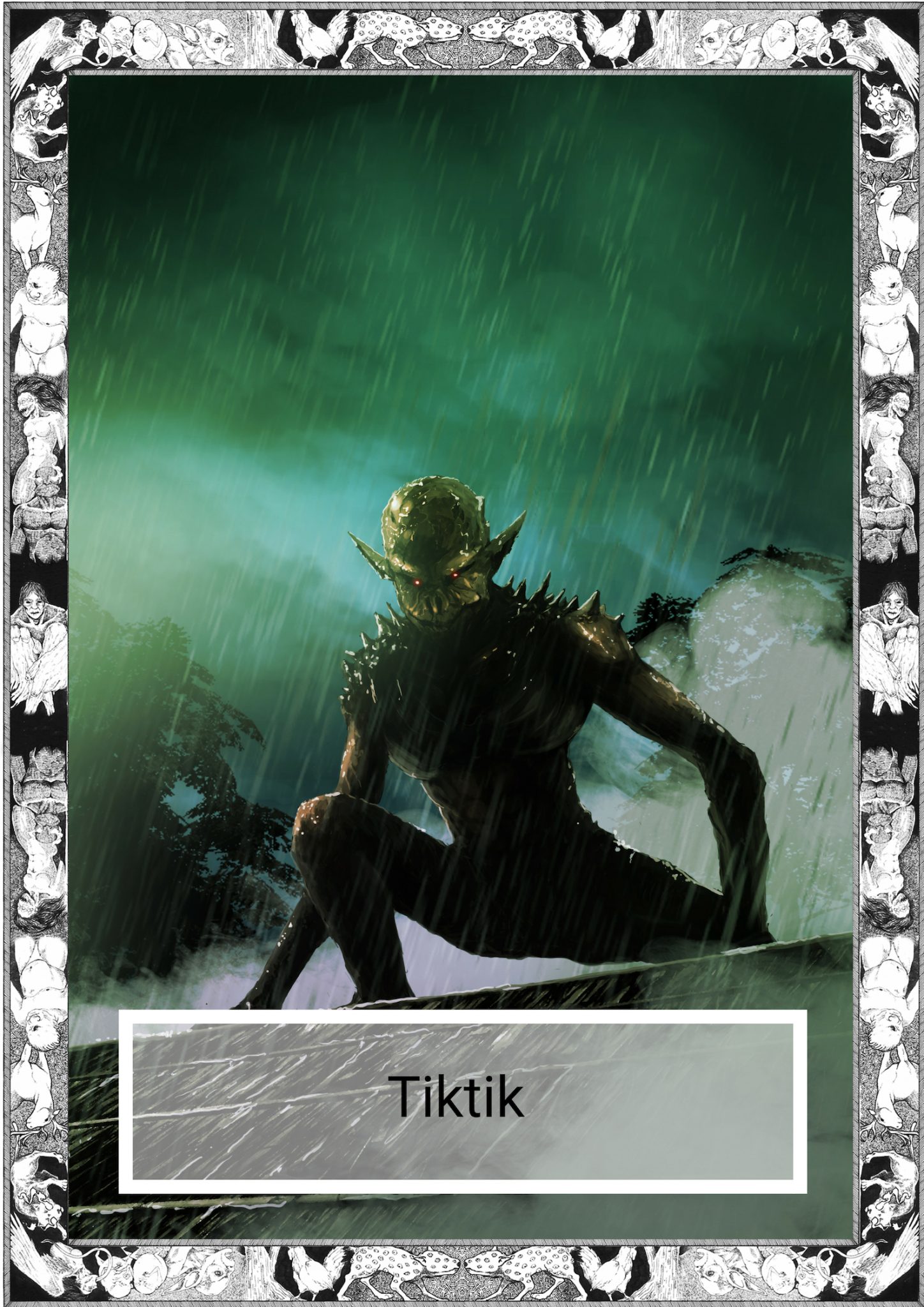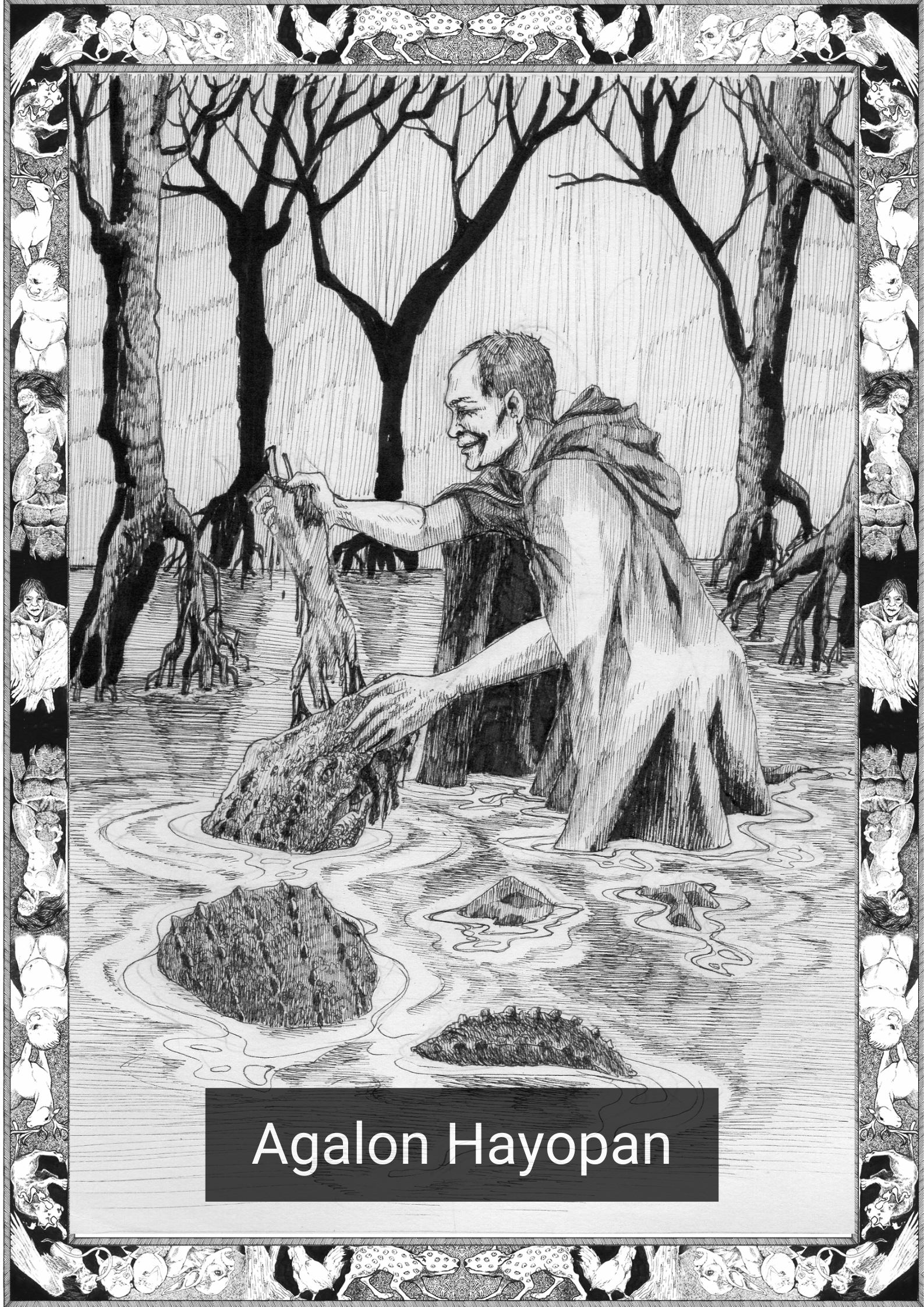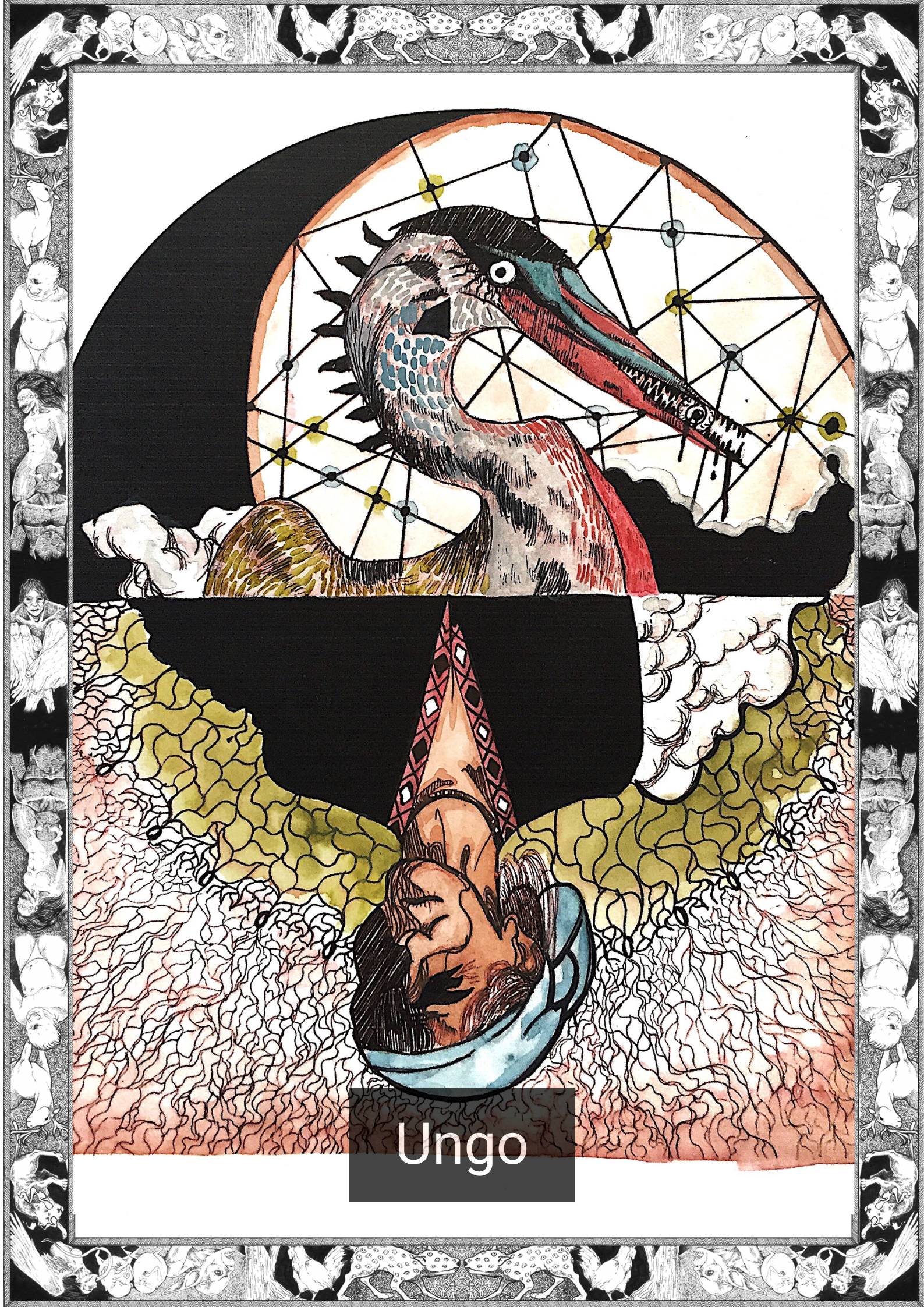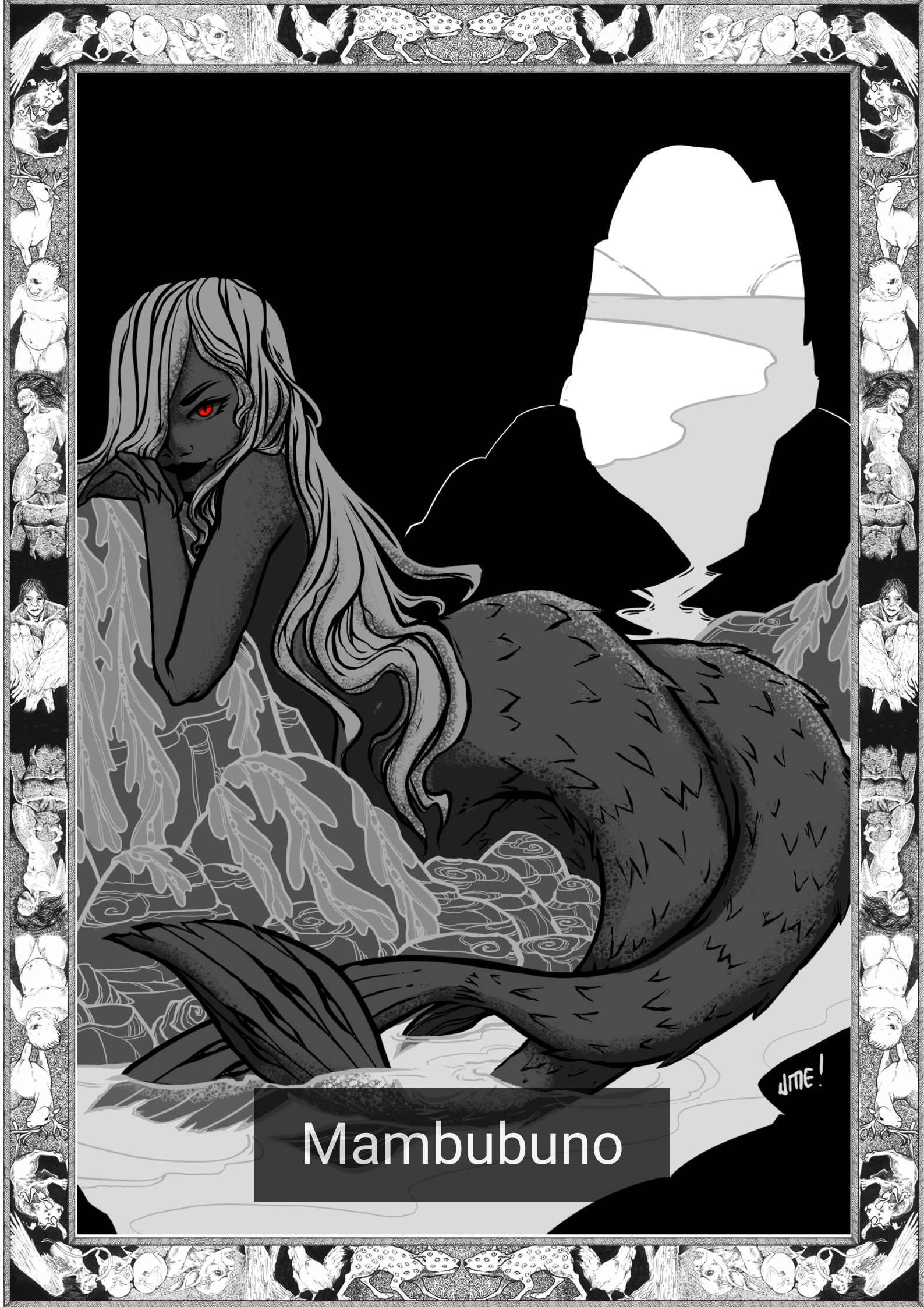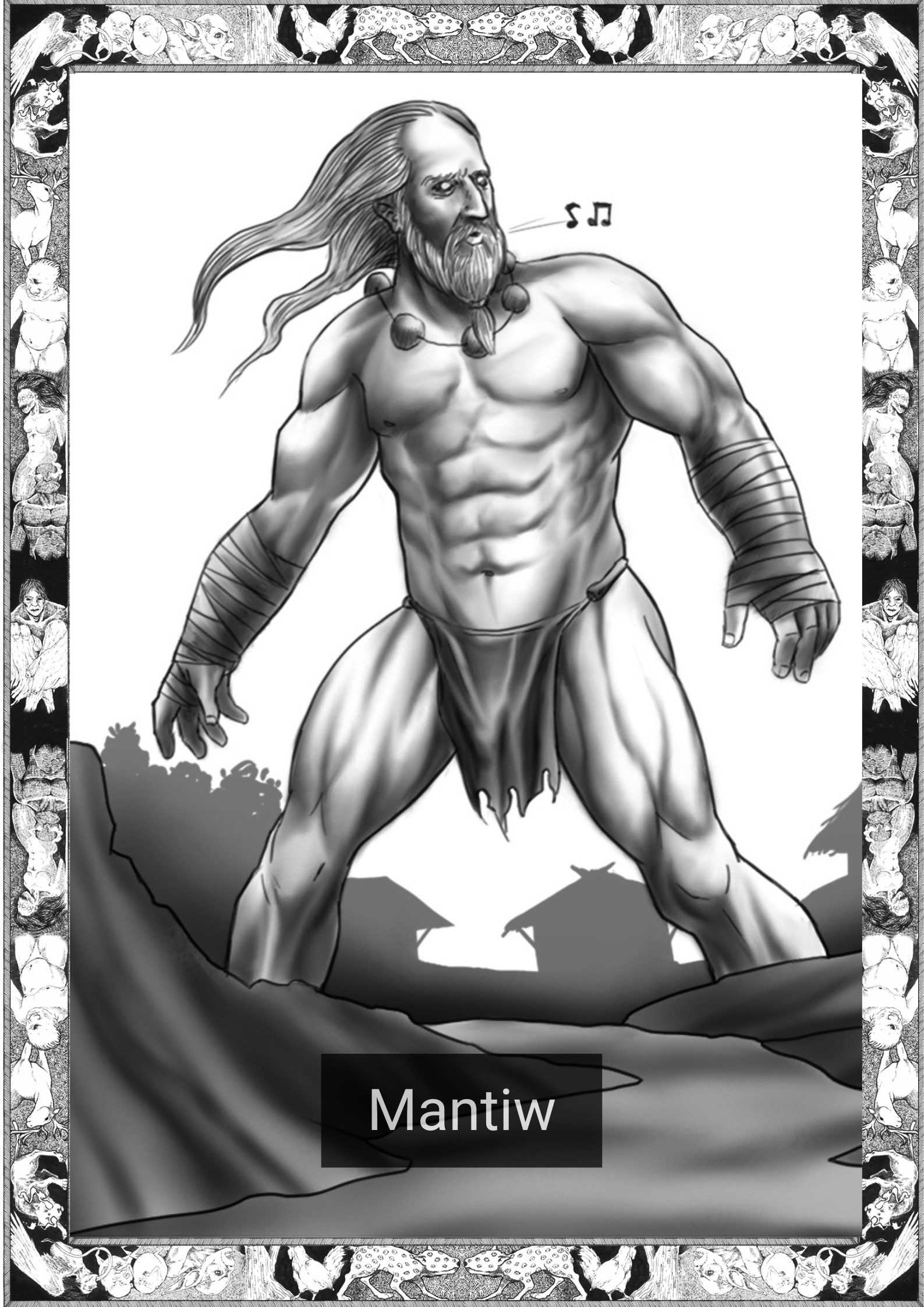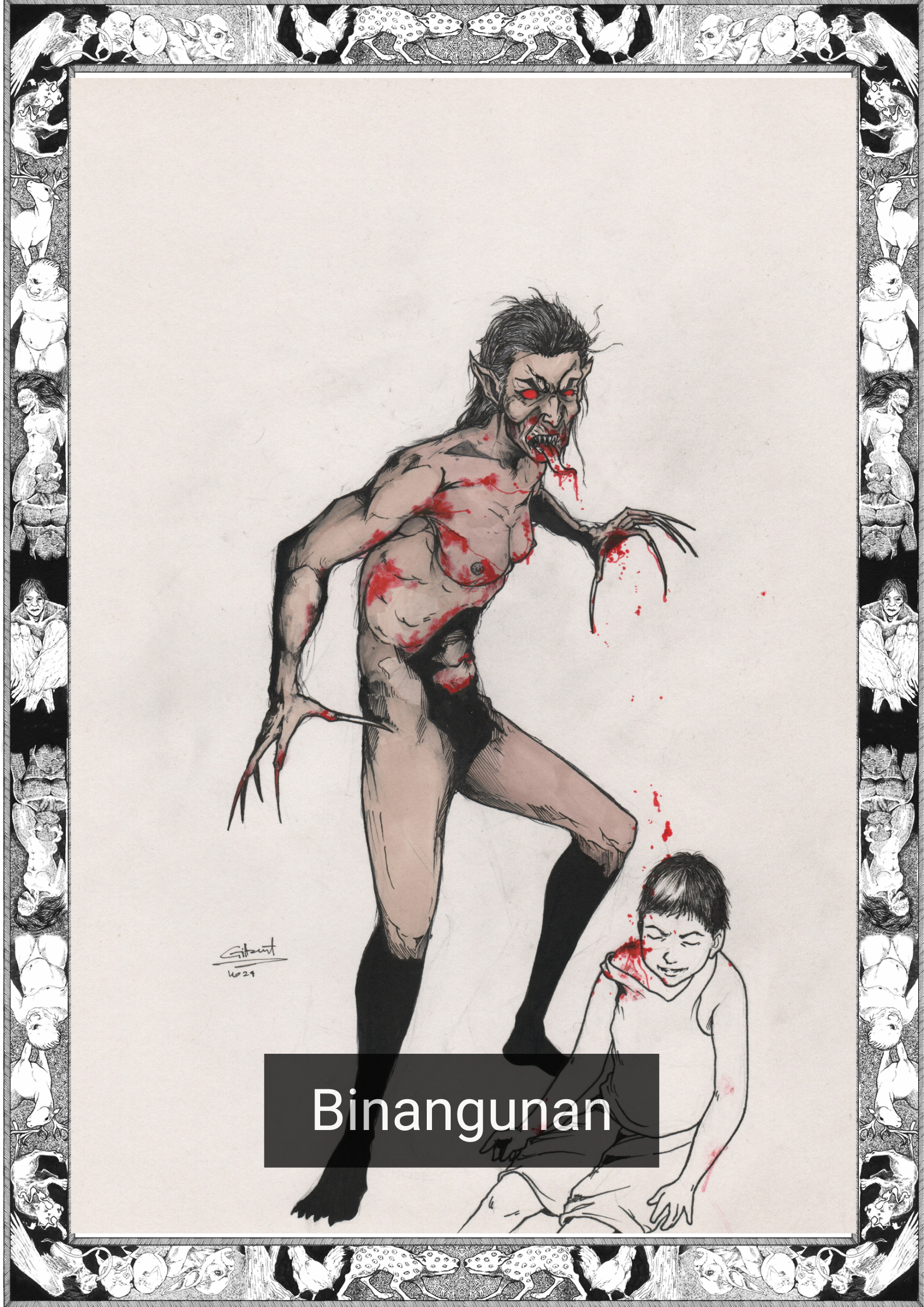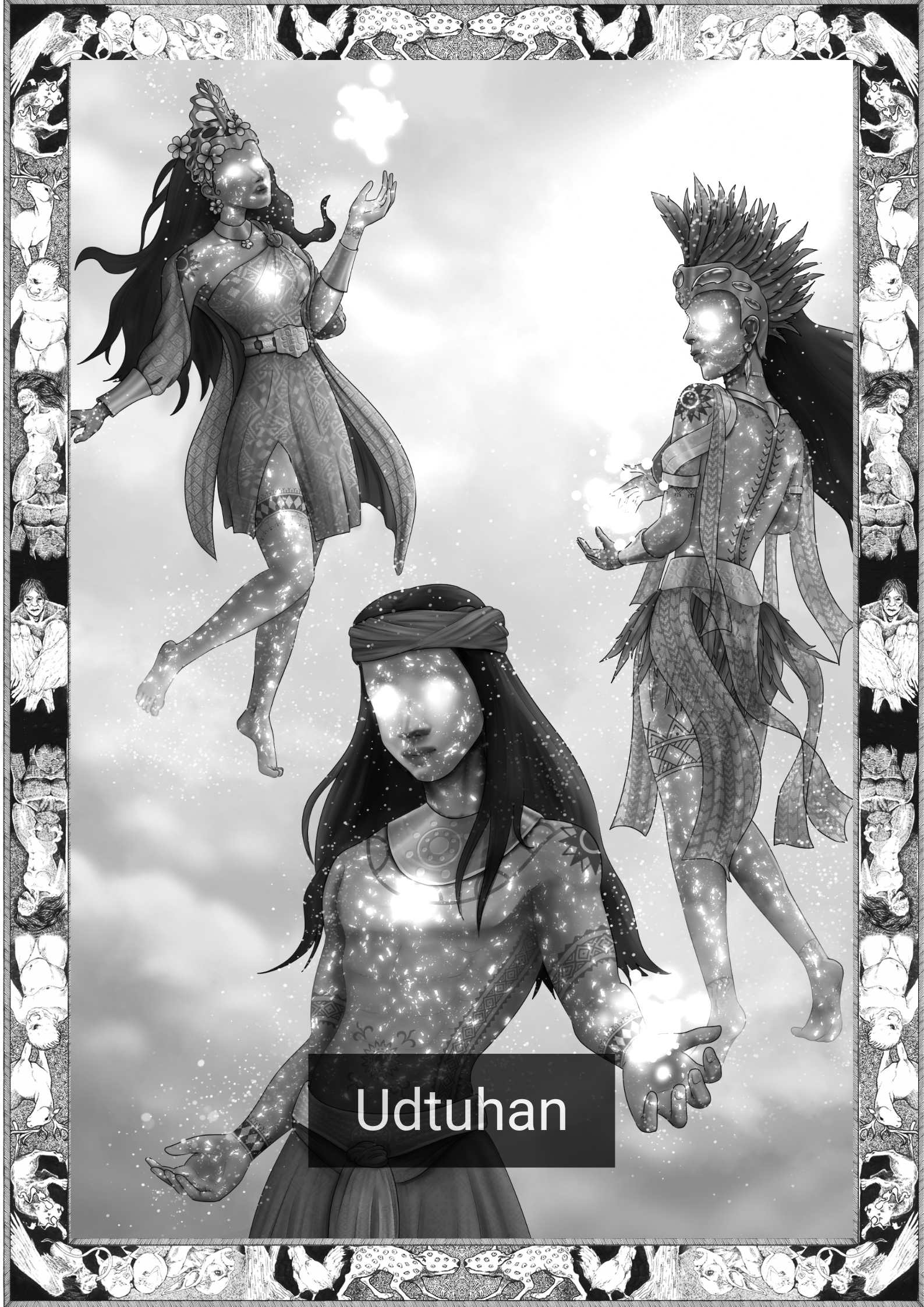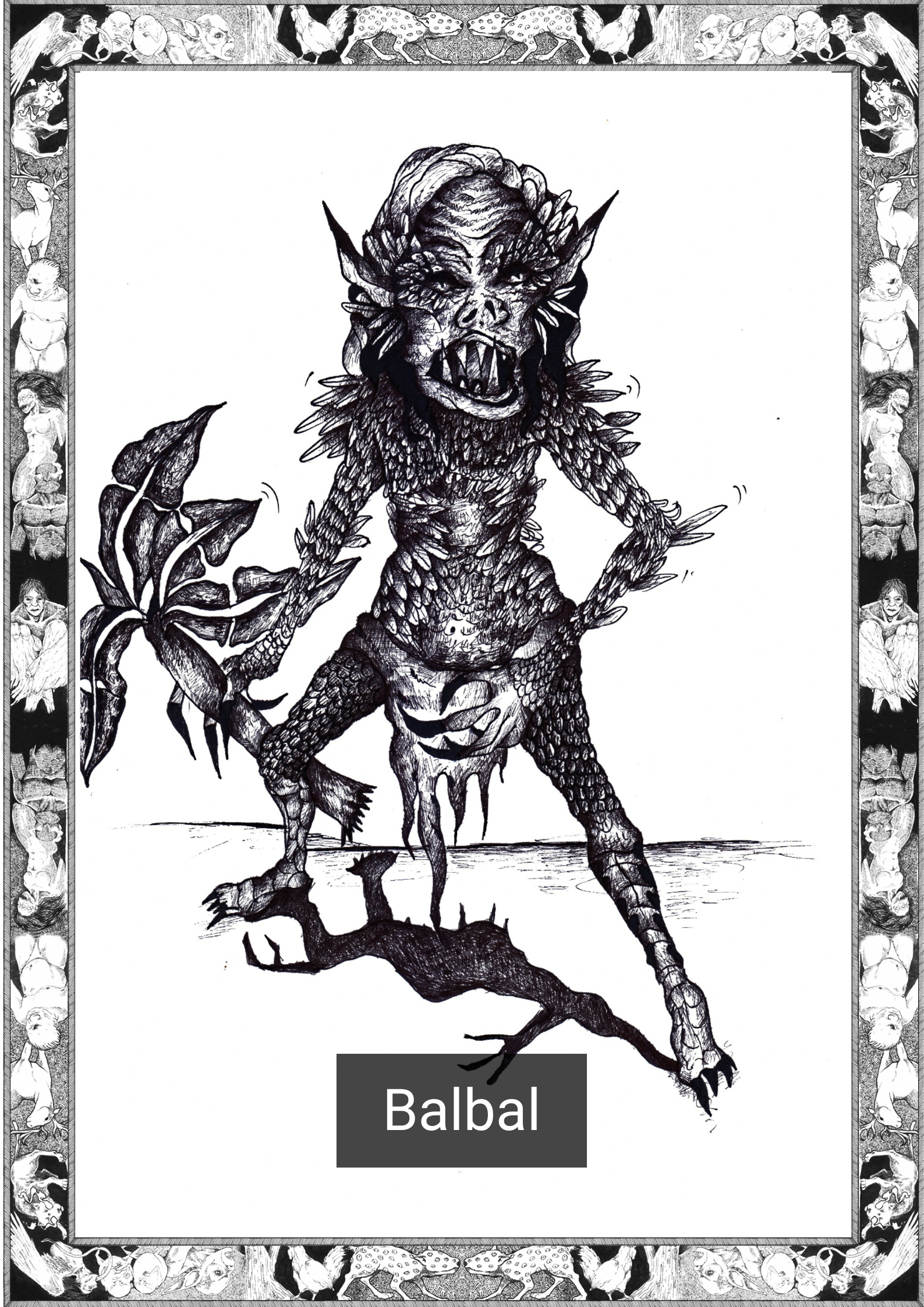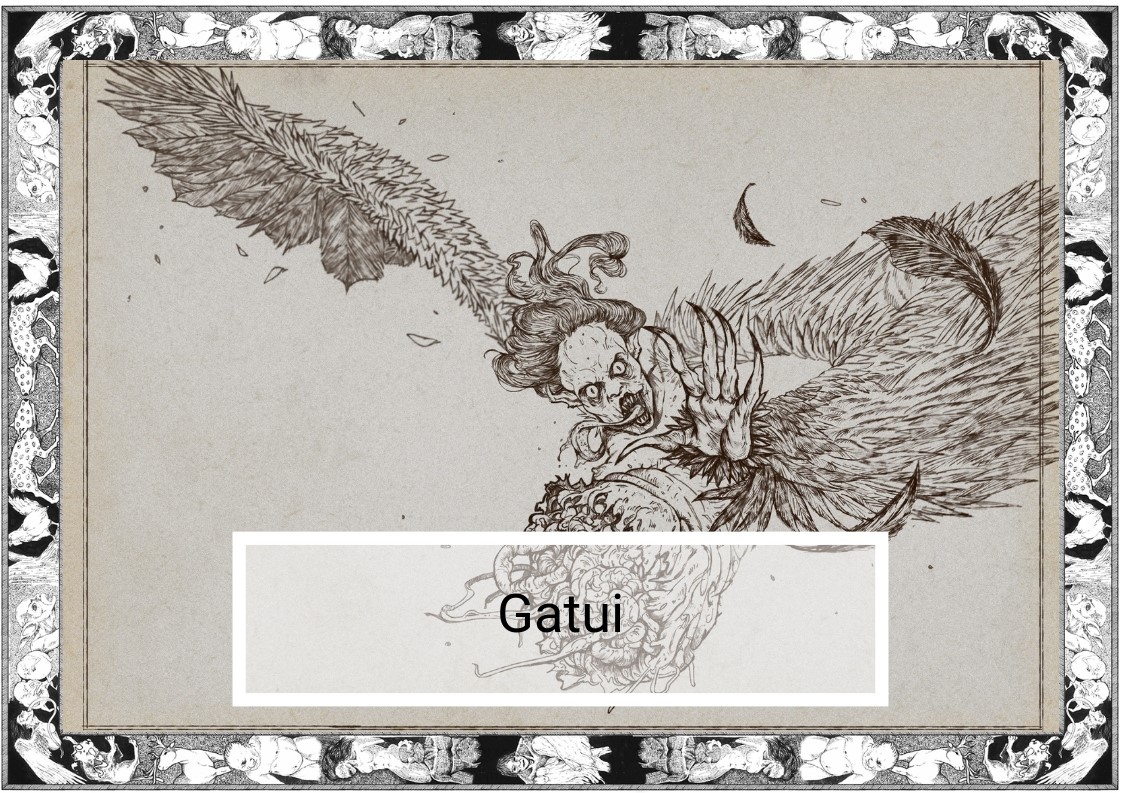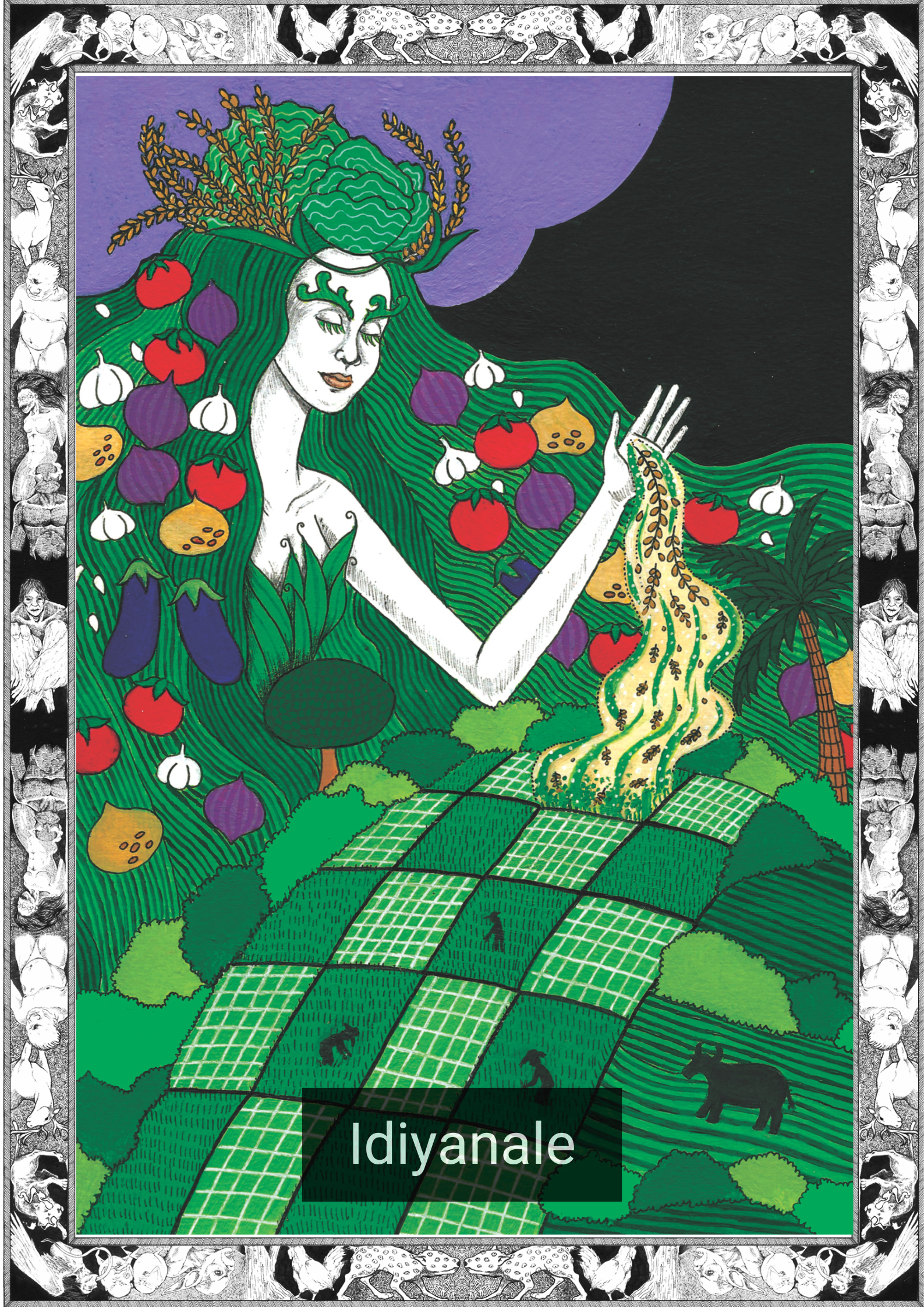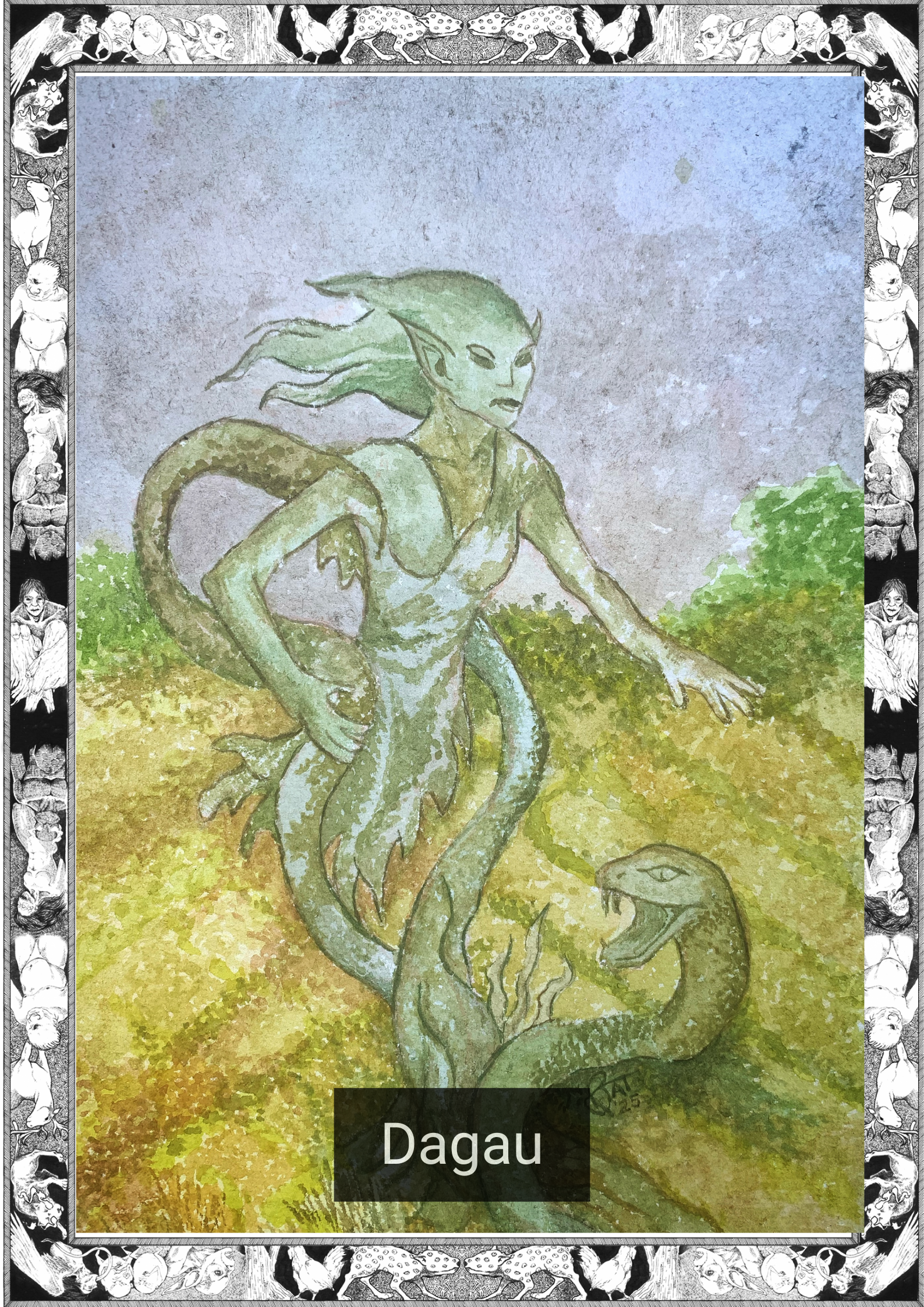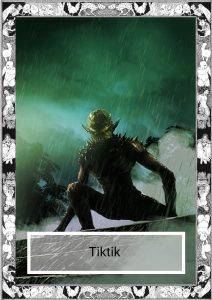
*Note this story is in Bantoanon (Asi)
Usang gab-i, nagpaninggaha kag usang bugaw sa buho it puno. Kag rugos it uyan ay nahínà hastang tagithi yangey.
Sa ida kagusmak, ingrupa nida kag ida mga pakpak at nagyupar papagto sa mga sanga kung riin sida’y nakakahanap it aragiton.
Nagpananamgoey sida it primerong pagkaon sa kagab-ihon, ag indiey makahuyat nak ingga it mararagit ag makakaon. Naliyuhan sida sa paino-ino nak kali.
Ngasing, pagkaado’t panrungog kag bugaw, nak nasasagap nida aber kag pinakamaisot nak pahiwatig it hiwas agor hulihon kag ida inahingabot nak yadas.
Habang nayupar sida sa banwa it tawo ay ingga sida’t narungog nak pamilyar nak tunog.
Kag indi makamal-an nak ritmo it ‘kik kik kik’.
Puydi tan-ang wayaey kali gipansina it bugaw, pero nausyoso sida ag kag uyan ay natunaey nak magkusog. Siling it mga maguyang nak bugaw sa mga anak nak kag mga di-kabuhi nak kali ay waya gipapanghapros sa inra, pero sa tawo yang. Ingsiling ninra nak kali ay ingga’t mahabang rila, nak naapon sa k’yungan it mga bayay, ag nak kalilito kag tunog nak inra inahuman.
Nagpilot kag bugaw ag ingtinguha nidang hanapon kag inahalinan it tunog, inarumruman kung nio ka ida dapat hanapon.
Malagat-lagat ay nag-isogey sida nak nahanapey ay kag kung hariin kag nilalang.
Kada, nagtiner sida sa gaha ag ingmuyatan kag mga nahihinabo.
Inggwa it tatlong tawo nak magkaubay. Usang anak, usang sabak nak kabadi, ag usang kayaki.
Aber sa kusog it ragasras narurunggan nak gador it bugaw kag tunog it likido nak natúyò sa bituka it kabadi. Nakita it bugaw sidang nagtulay ag nagbutang it tabo mayungot sa ida. Nagsaydo kag kabadi ag naghanap it ibang akatuyugan, pero narurungog pa gihapon it bugaw kag nagtutuyo nak di-ritmong natama sa bituka it kabadi.
Gulping naghapros kag talinga it bugaw.
Hina ray. ‘kik kik kik’.
Kali ay ’pay halos halinghing yang, nak nupay kag tunog ay pagkayado it inghalinan bag-o nag-abot sa ida talinga.
Nagyamig ka rugo it bugaw.
Namungaw-mungawan kag kayaki ag anak sa inra narungog ag ragipon nak naghakbot it sunrang kag kayaki ag nagliwas.
Nagyupar kag bugaw sa atubangan it bayay agor mamuyatan kung nio ka ahimuon it kayaki.
Nag-ukaw kag kayaki: “Kung indi nimo pabad-an ka ak pamilya, insulip ay apagtuan ka nako sa imo bayay!” Habang inawasiwas kag ida sunrang sa uyan.
Ag sa nak raan, nagtungon kali, ag kag narurungog yangey it bugaw ay kag natulo nak uyan sa tungang gab-i.
Naghalin kag nilalang, pauli’t ukob nak waya nakarano it pagkaon, ag kag bugaw ay nagsiling yangey sa ida sarili nak buko mahihinabo sa ida kato ngasing nak gab-i.
Habang nayupar kag bugaw papagto kung riin sida gipapangragit, napatingaya sida.
Ayam bagang gador it ’tong kayaki kung riin giiistar kag tiktik?
=——————–=
English Version
One night, an owl poked its head out of its tree hole. The rain was weakening into a manageable shower.
Hungry as it was, it stretched its wings and flew to the perches where it could find prey.
It imagined its first meal of the night, how it couldn’t wait to crush their prey and swallow it whole. The thought made it positively giddy.
Now the owl had a very good sense of hearing, in fact it was adept at listening for even the slightest hints of movement to catch their quarry.
As it flew over a human village it heard a familiar sound.
The unmistakable cadence of ‘kik kik kik’.
The owl would have ignored it as it always had, but it was curious and the rain was starting to get stronger. The elder owls told the young that these creatures are harmless to their kind, only targeting humans. They described in detail the long tongue, perching on the roofs of human houses and their confusing sound.
Closing its eyes, the owl concentrated to find the source of the sound, remembering what it should be looking for.
After a few moments it was confident that it located where the creature would be.
So, it stayed by the window and watched the events unfold.
There were three humans sleeping side by side. One child, a woman that was clearly pregnant and a man.
Even through the noise of the raindrops the owl could clearly hear the sound of some liquid dropping on the stomach of the woman. The owl saw her stand up and put a dipper where she was. The woman moved and found another place to sleep, but again the owl could hear the same sound of droplets hitting her stomach in a familiar tempo.
And then the owl’s ears piqued.
There it was. ‘kik kik kik’
It was almost like a whisper, as if the sound traveled great distances to settle on their ears.
The owl’s blood ran cold.
The man and the child both woke up to the sound and almost through instinct the man grabbed a bolo and rushed outside.
The owl flew to the front of the house to see what the man would do.
The man shouted “If you don’t leave my family, I will go to your house tomorrow!” All the while swinging his bolo through the rain.
And in an instant, it stopped, the owl could only hear the pitter-patter of the drizzle as it washed over the midnight moon.
The creature left, unable to get its meal, and the owl scoffed and told itself that wasn’t going to happen to it tonight.
As the owl flew to its hunting grounds it wondered.
Did the man really know where the tiktik’s house was?
=—————–=
Bantoanon or Asi is a regional Bisayan language spoken, along with Romblomanon and Onhan, in the province of Romblon, Philippines. Asi originated in the island of Banton, Romblon and spread to the neighboring islands of Sibale, Simara, and the towns of Odiongan, San Andres and Calatrava on Tablas Island. The Asi spoken in Odiongan is called Odionganon, Calatravanhon in Calatrava, Sibalenhon in Concepcion, Simaranhon in Corcuera, and Bantoanon in Banton. The Asi language is closer to Western Visayan language like Karay-a than to Cebuano and Waray
Written by Karl Gaverza
Copyright © Karl Gaverza
Translation Copyright © Mateo Ferranco
Story inspired by a story told by Gil Geolingo
Tiktik Illustration by Gil Geolingo
